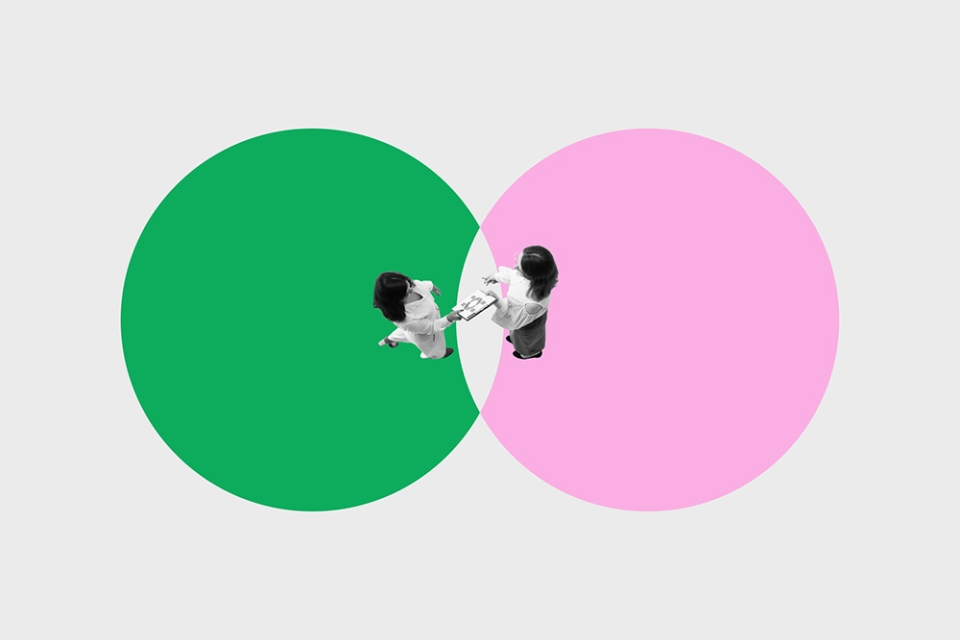In summaryWhen a customer is not in the market to buy at all World-class sellers know that the situation, both inside and outside the customers organisation, is changing. These changes will, eventually, open a new sales opportunity.To get the full picture on the differences between what world-class and typical sellers do at each stage of the customers journey, download the whitepaper below. |
World-class sales organisations will be:
Typical sales organisations will be:
|
The changes can be large and outside your customer’s control, for example the general economic climate, or entirely internal and self-initiated, a new CEO or an acquisition for example. They may even be changes initiated by you, say, a new product offering, or your competition – a new market entrant perhaps. In any event these changes will upset the customer’s current state of contentedness and begin a new buying cycle.
Video transcription: The Buying Cycle™ is the distinctive psychological phases that a buyer goes through when making a decision in a complex sale. Our research showed us the differences between what typical and world-class organisations do for their customers at each stage.
In the phase we call Changes over Time the customer is satisfied with the status-quo. You may well know that they need a solution but they’re not actively seeking one.
It turns out that average sellers tend to leave these leads alone and focus on opportunities further around the Buying Cycle™ whilst world-class sellers, they’re using their social contact with customers and prospects to discover what changes are happening in the marketplace that will affect and impact their clients and what problems they might be having. As those customers start to move towards recognising their needs the world-class seller is already better placed to meet them.
We’ll look more at Recognition of needs in the next video and to get the full picture on the differences between world-class and average organisations download the whitepaper below.










.webp)